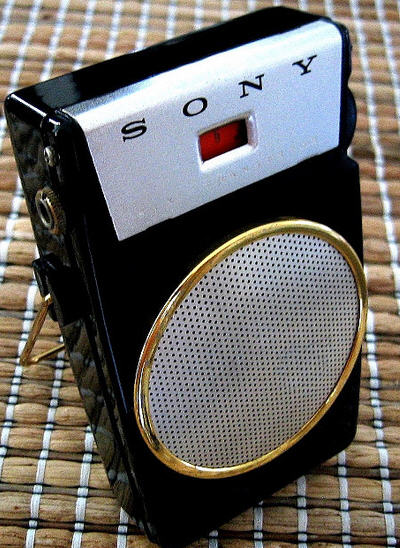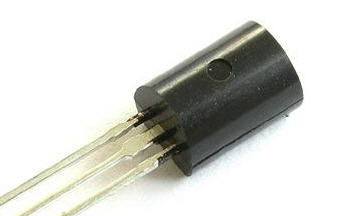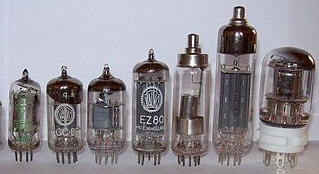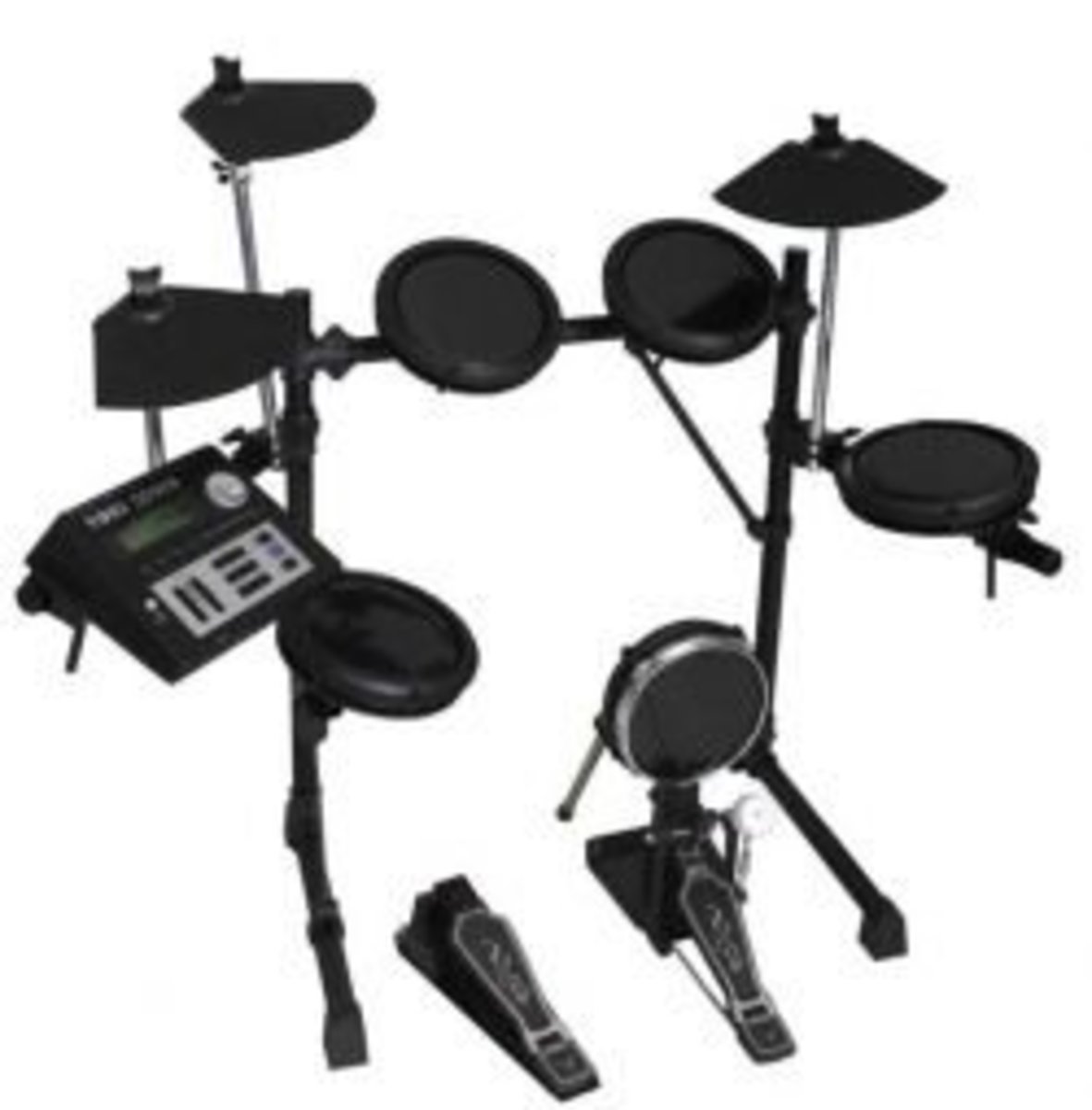The Future was in the Transistor



It was revolutionary and evolutionary in the world of electronics and it would impact everything. Until its discovery in 1947, and even before it was available to the general public and consumer products, everything in electronics was glass vacuum tubes. They were everywhere-TVs, stereos, radio, amplifiers. The glass vacuum tube was the workhorse for electronic circuits and it was the mainstay until 1970.
William Shockley shocked the world of electronics in 1947, with the transistor made of germanium. It was not until 1954, that the silicon transistor was invented. It was this transistor than really would become a tidal wave in electronics. The transistor was cheap to make and tiny compared to a vacuum tube. Today, there are billions of them in a single microchip operating cell phones, computers, routers, server farms and anything electronic. Shockley would move on and began what is now known as "Silicon Valley" in San Jose, CA. He was from Palo Alto, CA (minutes away), and although his own Shockley Semiconductor failed in the 50's, he had hired two engineers who would go on in the 60's to start Fairchild Semiconductor, which became quite large at making silicone wafers from which microchips are made from. From this company, others began like: Intel and Advanced Micro Devices from the 70s today.
But, what is a transistor? It is an electronic switch, like a water faucet, to regulate the flow of electrical current in the device. It also amplifies the current. The Vacuum tube did the same thing in general but was larger, less efficient and fragile. It was in general use by 1914 or so mostly in radios.
Transistors really became known to the public via advertising for electronic goods starting in the early 1960's, but really replaced many tube devices by the late 60's. It was the Japanese that took the transistor and made it theirs. Sony was among the first to have them in consumer items like the small, portable, infamous, transistor radio. This is akin to the Walkman of the 80's, or Apple Nano. Everyone had one and they were cheap-$15. Then, the Japanese flooded the market with small reel to real tape recorders, again using transistors. When portable hair dryers first came out in the late 60's, they had transistors.








